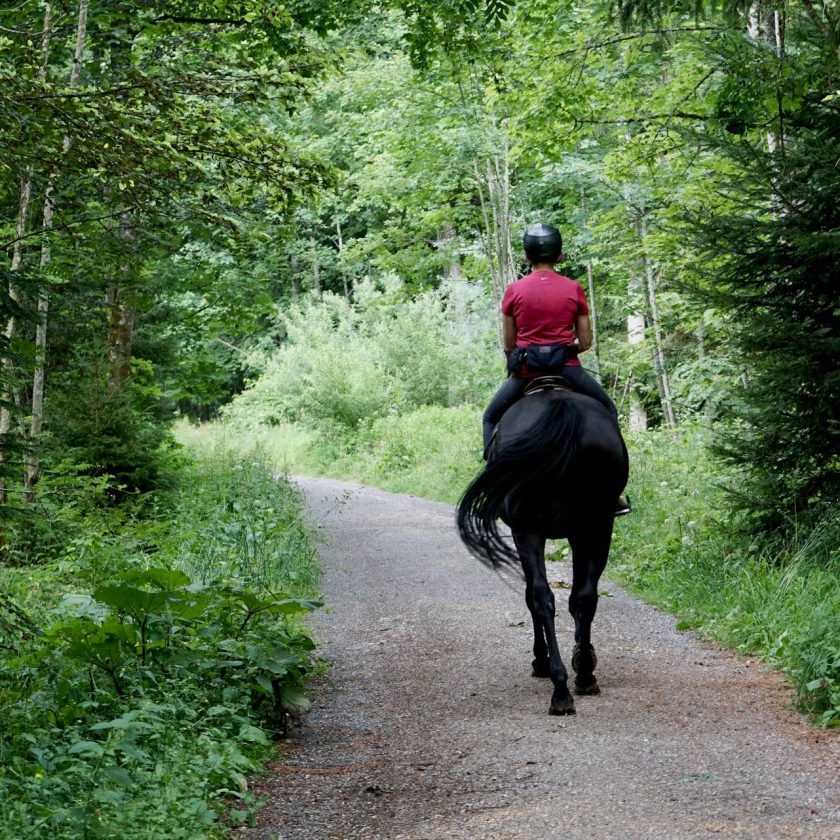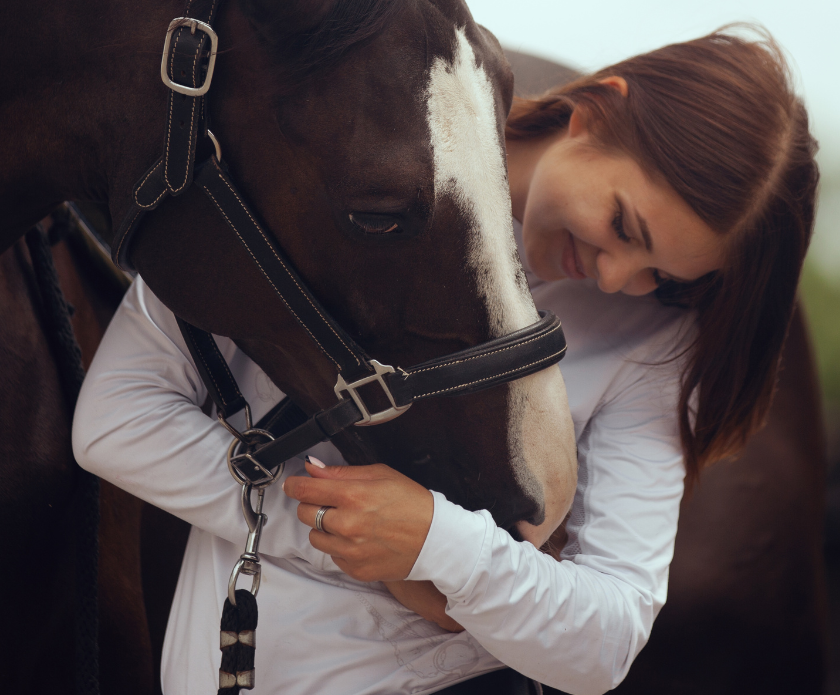With the competition season always upon us, your focus is probably more on your schedule than saddle fit. However, keeping an eye on your saddle can make a huge difference between your horse being happy, healthy and in winning form to being in discomfort with reduced performance in the arena.
In this article, Tricia Bracegirdle, Saddle Technician at Childéric Saddles UK, shares a case study of adjusting a saddle fit following a horse changing shape to illustrate a common problem and how it can be solved.
If you are in doubt about your horse’s saddle fit, it is strongly recommended you consult with a qualified saddle fitter immediately.
The saddle fitting problem
When a client called me to say that her horse wasn’t moving well. She explained that she had bought her saddle 5 years ago, and whilst I had checked it 2 years ago and all was well, she had noticed recently that he was not moving through his shoulders so freely. My client wanted to know if there was there anything I could do to help, so I paid her a visit and took a look at the current situation.
Assessing the horse
You can see from the pictures below, the horse has a high wither, but with no muscle deterioration.
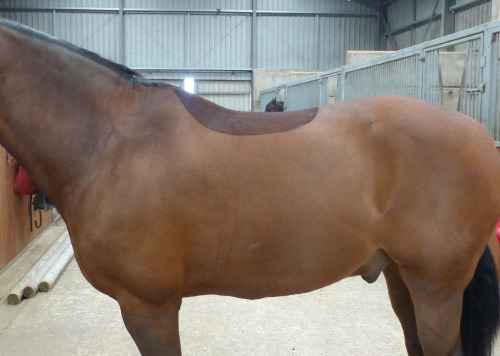
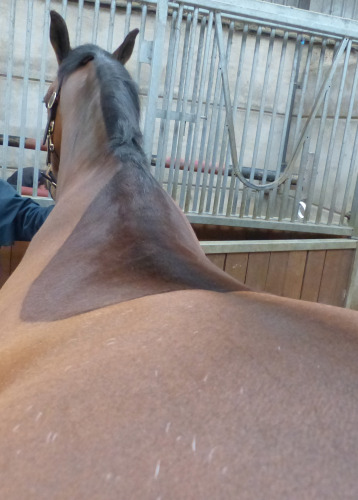
The horse is a dressage horse and through his training has really built up behind the shoulders compared to the last visit I made some time ago. After riding in the saddle we noticed that it had moved back and dropped down behind the shoulder, which made it tight for the horse.
Saddle assessment
You can see from image number 1, from the side everything looks OK, however, from the front (image 2) when you felt down the side the pressure was tighter at the top than at the bottom. When looking at the fit of a saddle, you also need to remember what the horse looked like without the saddle on. The tightness at the top could only be relieved by the saddle moving back to a narrower part of the horse and thus causing problems in the shoulder.

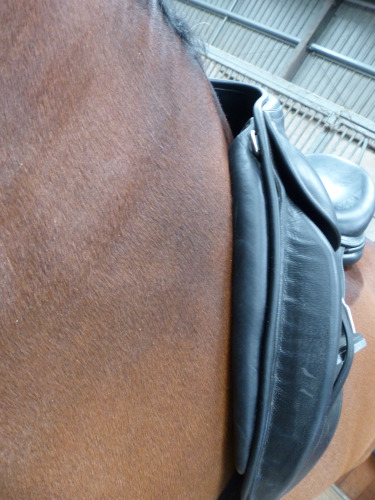

New panels
After assessing the saddle, we were able in this case to put in new panels – the type of saddle you have will depend on whether this is an option.
Image 4, below, demonstrates the differences in the panel sizes, the older one being on the top. Although there may not be much difference, the new panel offers an additional 15mm extra padding. The flattened area on the older panel is considered to be the cause of the problem, enough to make a significant difference in the horse’s way of going and ultimately, comfort. this is more likely caused by the horse changing shape during training and age.


The new fit
On fitting two new panels, here you can see the saddle with the new panels – not really that much difference when looking at from the side, but from the front a huge difference is seen.


A well-balanced partnership
Once the new panels were attached, I asked to watch the rider in the saddle. She said it felt great and the horse was certainly moving freely through the shoulder again in all paces.
I also suggested a new girth (one with excellent quality elastic which was wide in order to distribute the pressure), otherwise nothing else needed to be changed.
Now the horse and rider can continue to develop together, however, I would always suggest that you get your saddle checked regularly, every six months ideally. A trained saddler can see the minute changes, that you may not, which over time can have a detrimental effect on your horse. A poorly fitted saddle can start to cause uneven muscle development, so make sure you book some time to have your saddle checked, it could make a huge difference as this case shows!

About Childéric Saddles
A bespoke collection of saddles and accessories for the discerning rider, Childéric are the choice of top riders across all disciplines including Olympic dressage riders Fiona Bigwood and Anders Dahl and Olympic eventer Gemma Tattersall amongst others.
For more information visit Childeric Saddles.



